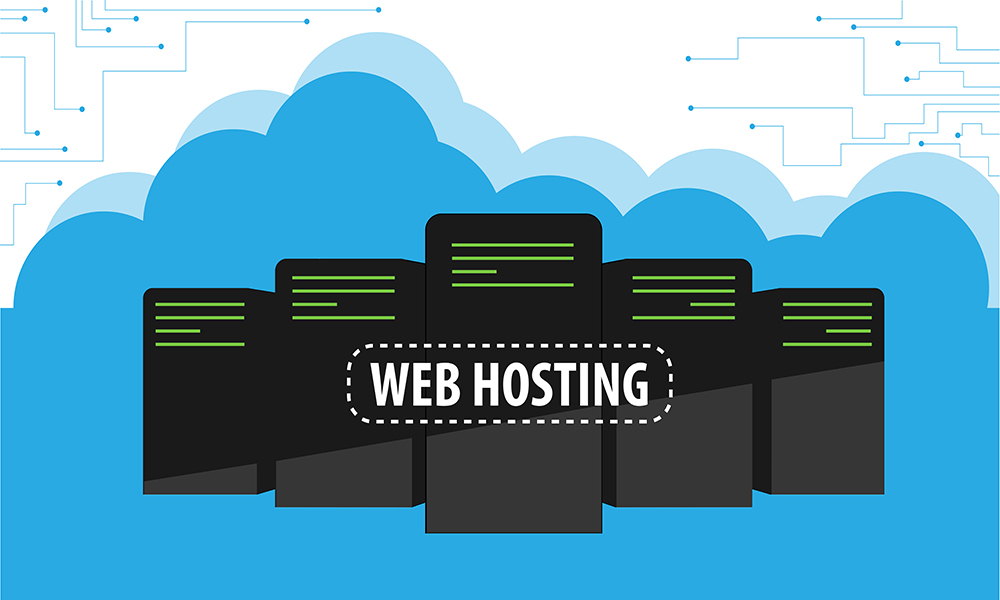Understanding bandwidth requirements for dedicated servers is crucial for ensuring optimal performance and scalability of your online operations. Bandwidth, often referred to as data transfer rate, is the amount of data that can be transferred over a network within a given period. In the context of dedicated servers, bandwidth plays a vital role in determining the speed and efficiency with which data can be transmitted between the server and its users. One of the primary factors influencing bandwidth requirements is the nature of the content or services being hosted on the server. Websites with predominantly text-based content will have lower bandwidth requirements compared to those hosting multimedia content such as high-resolution images, videos, or streaming services. Similarly, online applications that involve frequent data exchanges, such as online gaming or real-time communication platforms, will demand higher bandwidth to ensure smooth operation. Another important consideration is the expected volume of traffic to the server.

Seasonal fluctuations in traffic, such as during sales events or promotional campaigns, should also be taken into account when determining bandwidth requirements to prevent potential slowdowns or service disruptions. The geographic distribution of users also impacts bandwidth requirements. Servers serving a global audience may need to account for varying internet speeds and network conditions across different regions. In such cases, utilizing content delivery networks CDNs can help distribute content closer to end-users, reducing latency and optimizing bandwidth usage. Furthermore, the type of network connection available to the dedicated server influences its bandwidth capabilities. Servers connected to high-speed, fiber-optic networks will typically offer greater bandwidth capacity compared to those relying on traditional copper-based connections. Additionally, the bandwidth provided by the hosting provider or data center must align with the server’s requirements to avoid bottlenecks and ensure consistent performance. It is essential to conduct thorough bandwidth planning and monitoring to accurately assess and adjust server resources as needed.
Regularly monitoring network traffic and usage patterns can help identify potential bottlenecks or areas for optimization. Utilizing tools such as network monitoring software or traffic analysis tools can provide valuable insights into bandwidth utilization and help in capacity planning. In some cases, oversubscription of bandwidth may be necessary to accommodate peak usage periods without overprovisioning resources. However, oversubscription should be approached cautiously to avoid degradation of service quality during periods of high demand. Ultimately, understanding bandwidth requirements for dedicated server hosting in India is a dynamic process that requires careful consideration of various factors, including the nature of hosted content, expected traffic volume, geographic distribution of users, network infrastructure, and ongoing monitoring and optimization efforts. By accurately assessing bandwidth needs and implementing appropriate solutions, businesses can ensure reliable performance and scalability for their online operations.



